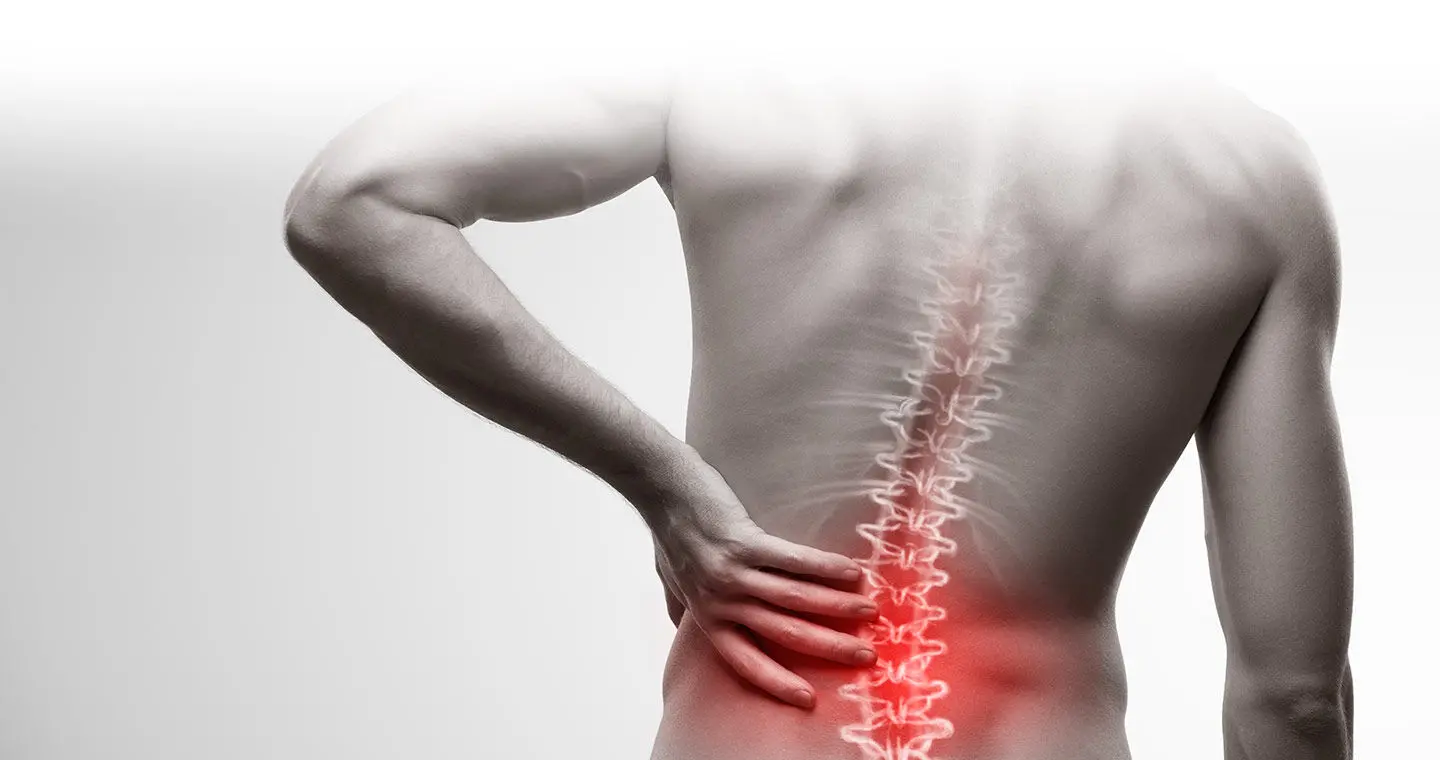- Home
- Medical news & Guidelines
- Anesthesiology
- Cardiology and CTVS
- Critical Care
- Dentistry
- Dermatology
- Diabetes and Endocrinology
- ENT
- Gastroenterology
- Medicine
- Nephrology
- Neurology
- Obstretics-Gynaecology
- Oncology
- Ophthalmology
- Orthopaedics
- Pediatrics-Neonatology
- Psychiatry
- Pulmonology
- Radiology
- Surgery
- Urology
- Laboratory Medicine
- Diet
- Nursing
- Paramedical
- Physiotherapy
- Health news
- Fact Check
- Bone Health Fact Check
- Brain Health Fact Check
- Cancer Related Fact Check
- Child Care Fact Check
- Dental and oral health fact check
- Diabetes and metabolic health fact check
- Diet and Nutrition Fact Check
- Eye and ENT Care Fact Check
- Fitness fact check
- Gut health fact check
- Heart health fact check
- Kidney health fact check
- Medical education fact check
- Men's health fact check
- Respiratory fact check
- Skin and hair care fact check
- Vaccine and Immunization fact check
- Women's health fact check
- AYUSH
- State News
- Andaman and Nicobar Islands
- Andhra Pradesh
- Arunachal Pradesh
- Assam
- Bihar
- Chandigarh
- Chattisgarh
- Dadra and Nagar Haveli
- Daman and Diu
- Delhi
- Goa
- Gujarat
- Haryana
- Himachal Pradesh
- Jammu & Kashmir
- Jharkhand
- Karnataka
- Kerala
- Ladakh
- Lakshadweep
- Madhya Pradesh
- Maharashtra
- Manipur
- Meghalaya
- Mizoram
- Nagaland
- Odisha
- Puducherry
- Punjab
- Rajasthan
- Sikkim
- Tamil Nadu
- Telangana
- Tripura
- Uttar Pradesh
- Uttrakhand
- West Bengal
- Medical Education
- Industry
Direct decompression may rapidly resolve radiculopathy symptoms compared to indirect Single Level Lumbar Fusion: study

Single level fusion with direct decompression is a well accepted treatment in addressing lumbar radiculopathy, yet studies have found that patients undergoing fusion with direct decompression have similar outcomes to those receiving direct decompression alone. Indirect decompression is an increasingly common alternative in the treatment of radiculopathy and may represent reduced risk as compared with direct decompression, since indirect decompression does not involve resection of compressing tissue, though there is a general paucity of literature comparing outcomes following indirect decompression with other interventions.
Walia et al conducted a study to compare and evaluate symptom relief in patients experiencing radiculopathy undergoing lumbar fusion with indirect or direct decompression techniques. Specifically, they examined clinical symptoms of radiculopathy, pain, and motor scores at 3, 6, 12, and 24 months postoperatively for patients undergoing surgical single-level direct or indirect decompression.
Patients ≥18 years of age with preoperative radiculopathy undergoing single-level lumbar fusion with up to 2-year follow-up were grouped by indirect and direct decompression. Direct decompression (DD) group included anterior lumbar interbody fusion (ALIF) and lateral lumbar interbody fusion (LLIF) with posterior DD procedure as well as all transforaminal lumbar interbody fusion (TLIF). Indirect decompression (ID) group included ALIF and LLIF without posterior DD procedure. Propensity score matching was used to control for intergroup differences in age. Intergroup outcomes were compared using means comparison tests. Logistic regressions were used to correlate decompression type with symptom resolution over time. Significance set at P < .05.
Key findings of the study were:
• 116 patients were included: 58 direct decompression (DD) (mean 53.9y, 67.2% female) and 58 indirect decompressions (ID) (mean 54.6y, 61.4% female).
• Mean age of the direct decompression group was 53.9 ± 12.9 years with 67.2% of the sample being female.The average BMI was 30.3 ± 5.9 with mean CCI being 1.97 ± 2.01.
• Mean age of the indirect decompression group was 54.6 ± 12.6 years with 61.4% of the sample being female. The average BMI was 30.0 ± 6.3 with mean CCI being 2.1 ± 2.03.
• 76.7% of patients in the Direct group were diagnosed with degenerative spondylolisthesis, degenerative disk disease with spondylolisthesis, or pars fracture compared with 75% of the Indirect group.
• There were no differences in baseline canal diameter between groups (indirect: 10.311 ± 3.261 v Direct: 10.025 ± 3.704, P = .293)
• DD patients experienced greater blood loss than ID.
• Additionally, DD patients were 4.7 times more likely than ID patients to experience full resolution of radiculopathy at 3 months post-op.
• By 6 months, DD patients demonstrated larger reductions in VAS score.
• With regard to motor function, DD patients had improved motor score associated with the L5 dermatome at 6 months relative to ID patients.
The authors concluded – “Direct decompression was associated with greater resolution of radiculopathy in the near post-operative term, with no differences at long term follow-up when compared with indirect decompression. In particularly debilitated patients, these findings may influence surgeons to perform a direct decompression to achieve more rapid resolution of radiculopathy symptoms.”
Study Design: Retrospective analysis.
Further reading:
Resolution of Radiculopathy Following Indirect Versus Direct Decompression in Single Level Lumbar Fusion Walia et al Global Spine Journal 2024 DOI: 10.1177/21925682241230926
MBBS, Dip. Ortho, DNB ortho, MNAMS
Dr Supreeth D R (MBBS, Dip. Ortho, DNB ortho, MNAMS) is a practicing orthopedician with interest in medical research and publishing articles. He completed MBBS from mysore medical college, dip ortho from Trivandrum medical college and sec. DNB from Manipal Hospital, Bengaluru. He has expirence of 7years in the field of orthopedics. He has presented scientific papers & posters in various state, national and international conferences. His interest in writing articles lead the way to join medical dialogues. He can be contacted at editorial@medicaldialogues.in.


